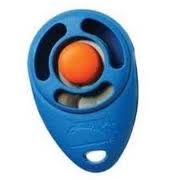Review:
- punishment – the decrease of a behavior contingent on a consequence
- positive – the presentation of a stimulus
- negative – the removal of a stimulus
It is oh-so-important to keep in mind that punishment is not necessarily an aversive, bad, painful, emotional, (insert any word normally associated with punishment), thing, although many times, it can be. (*Disclaimer: Please keep in mind that punishment procedures can be ethically challenging, and this post is just informative and is by no means a promotion or demotion of using it in the real world)
This post will basically mirror the previous foundation post for consistency and hopefully ease of understanding.
According to the definitions above, positive punishment is the presentation of a stimulus following a behavior, that causes that behavior to decrease/go away.
Example: One evening, I left the car radio on before I turned the engine off. The next morning when I started the car, the radio BLASTED music making me jump. The rush of blood to my head and being startled taught me to always turn the radio off before I turn off the engine.
This is a very common experience with painful experiences. The loud music was presented to (& scared) me (positive), so that really decreased the keeping-radio-on-when-turning-off-engine behavior in the future (punishment).
Along the same lines, negative punishment is when, after a behavior, something is removed from the environment, causing the future probability of that behavior occurring to decrease. The stimulus that is removed in negative punishment procedures is usually something that the organism finds reinforcing.
Example: You are playing tug-of-war with your dog. woohoo! it’s a lot of fun! the dog loves it, you love it. but, suddenly, fido’s teeth come a bit too close to your side of the tug toy – as in, you feel his teeth on your skin. you immediately drop your end of the tug toy, which makes the tug toy now lifeless and not-so-interesting for your dog. After a few seconds, you pick it up again and play! But next time the dog’s teeth come too close, you drop the toy and look away. In the future when you play tug-of-war with fido, fido’s teeth don’t come near you.
In this story, the tug-of-war toy (which is very reinforcing for the dog) is removed (negative) after the behavior of teeth touching skin. Furthermore, since the behavior goes away, it is punishment. This is a great way to teach your dog how to play tug-of-war nicely! Your dog will soon learn that touching teeth to skin means no more fun.
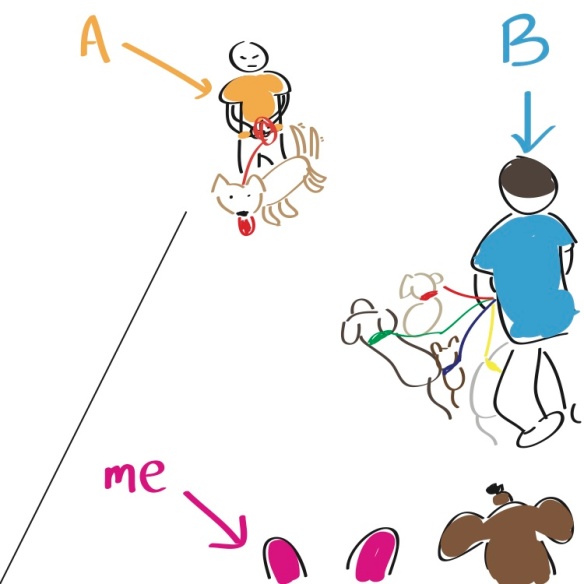

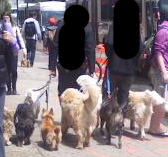
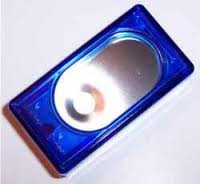 or this:
or this: 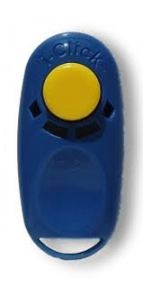 or this:
or this: 